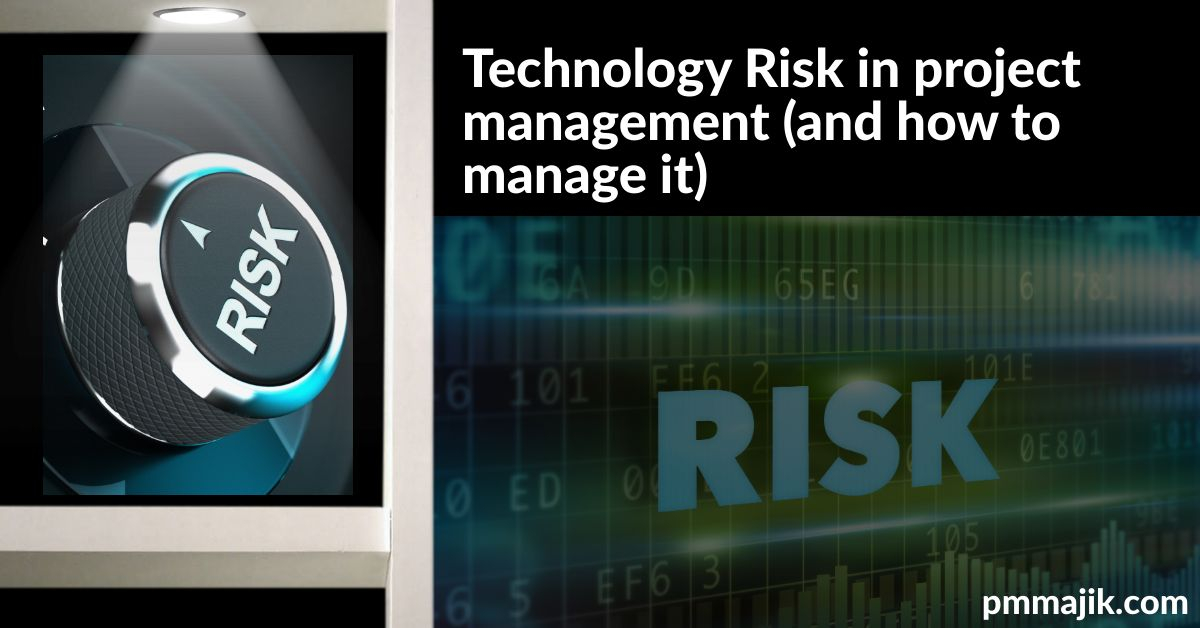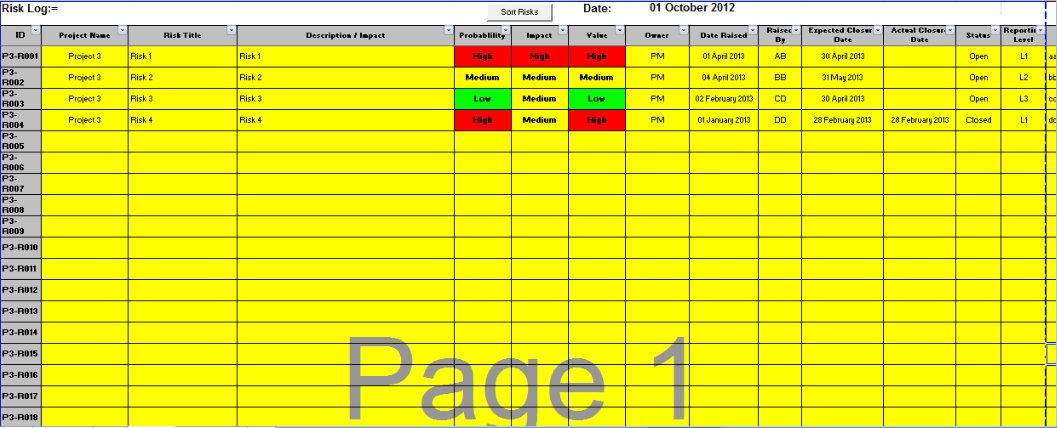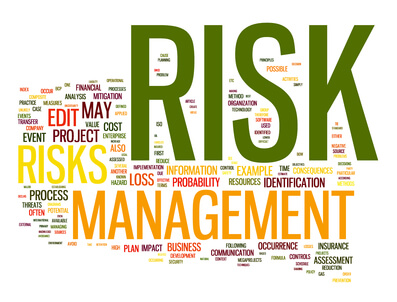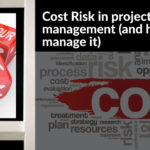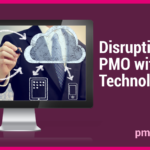From people-driven change projects to the development of new software, technology is a feature of every project under your project management office (PMO). Since using tech is unavoidable now, it’s vital your PMO understands the technology risk in project management.
There are many risks that come with projects; each needs to be understood so that your project managers and your PMO can work to minimise them. Not everything can be anticipated, but having fallbacks and workarounds on hand can seriously help.
To help you understand how to manage your PMO’s technology risks, we’re going to be looking at:
- What technology risk is
- Examples of technology risks
- Ways to minimise technology risks in projects
- What positive risks technology can pose
What is technology risk?
Every project uses technology in some way, and if you’ve ever had a computer crash, then you’ll know they present risk. Technology risk means your projects may have to be altered or amended due to problems or changes in the hardware and software you use.
There are many ways that technology is able to affect your project. Each one will be different, with tech becoming pervasive in your communication, training, delivery, and outcomes in varying mixes depending on the project.
Although by no means exhaustive, here are some of the most common risks that technology can pose to your projects.
Data security
Keeping the information on a project secure is paramount. This could be due to legal obligations around storing personal data, information covered by legal agreements like non-disclosures, or proprietary information owned by the business itself.
Risks around data security come in the form:
- Hacking and breaches
- Failed storage
- Lost or compromised hardware
- Corrupted files
Each scenario, and more, need careful planning to try and negate. Ensuring there are backups and fail-safes in your systems as well as tracking of hardware and file transfers, are all useful measures.
It’s important to be aware of the legal requirements regarding data security that the projects in your PMO need to adhere to, also.
Legacy systems
When software or hardware works well, it can be tough to let it go. Microsoft stopped supporting the XP operating system in 2014, and millions of companies were still relying on this technological warhorse.
Most major software and hardware companies will give fair warning that they will discontinue support. However, it’s possible for a company to go bust without much warning, leaving your technology open to hacks and your team on their own to sort out bugs.
Be sure to do due diligence on suppliers of tech. Have your systems set up to auto-update and sign up to the newsletters for your tech vendors so you know if there will be changes in support and documentation.
Unscalable software
There are lots of useful and innovative project management software out there, with plenty more tools and SaaS offerings that those in your PMO rely on. It’s possible that you reach the limits of scalability with a company in terms of users or storage, for example.
Be sure when purchasing online tools that there will be enough capacity for your use to grow. If there’s a chance you’ll grow out of the advertised plans into an enterprise client, have a call with the vendor to understand the cost escalation as your projects grow.
What are the positive technology risks for my projects?
The negative technology risks in project management are going to increase costs and could throw off a whole project timeline. However, there is a chance that technology could get your projects finished faster.
A new software that brings automation to your processes, chips with more processing power, hardware that can complete tasks faster can all come along very quickly. There will always be a risk when your PMO takes on fresh tech, but the rewards can be many if your project teams know how to harness them.
The take-home
Technology can pose a range of risks to your projects. Knowing how technology risks can affect your projects will require risk assessment by both project managers and IT specialists who know the markets and potential pitfalls.
Once you’ve understood all of the risks that are specific to your projects and their technology, minimising those risks with foresight in the market, backups such as cloud storage, and relationship building with suppliers should be beneficial.
